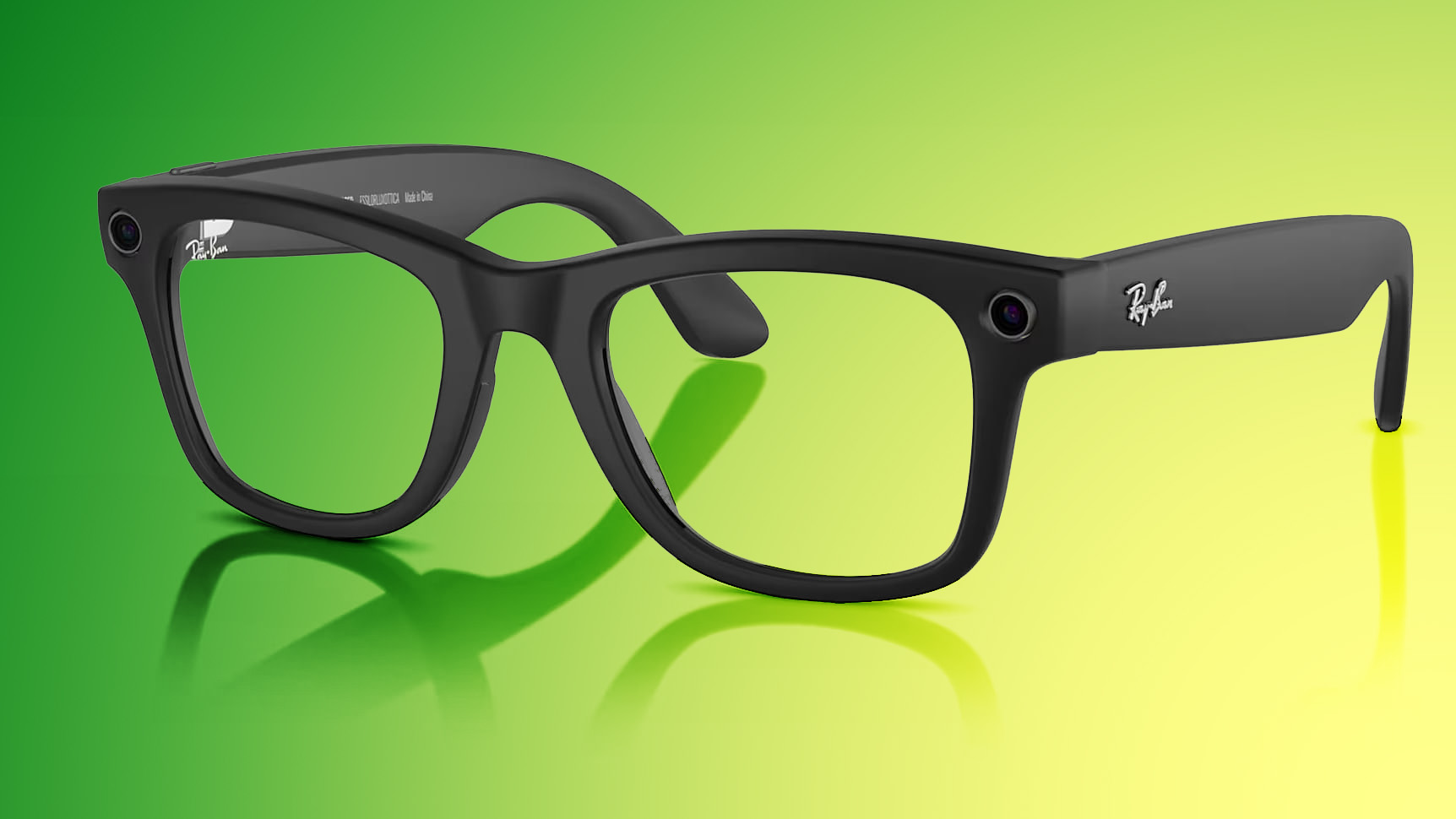![]()
Apple is working on a set of smart glasses that will rival Meta's popular AI-equipped Ray-Bans, offering many of the same features. Rumors about Apple's work on the glasses have been picking up, and we've gathered all of the information we've heard in the guide below.
Overview
There have been persistent rumors about Apple's work on augmented reality smart glasses, but true, lightweight augmented reality glasses are still years away. What's feasible now is a set of smart glasses that don't have any display functions, and that instead rely on cameras, speakers, AI integration, and sensors to offer useful features to wearers.
Apple's first smart glasses will be an iPhone accessory like the Apple Watch or AirPods, able to provide auxiliary features to reduce iPhone reliance.
Design
Apple plans to offer multiple material and frame options, making the smart glasses as much of a fashion accessory as the Apple Watch once was. Buyers will be able to choose their preferred color and frame style, selecting from metal and plastic frame options.
Apple is apparently testing 3D printing technology for manufacturing, but the glasses will need to be able to accommodate a battery, a chip, a camera, a microphone, speakers, and other technology, so that might limit how slim and lightweight Apple can make the glasses.
It's likely that Apple will offer both standard lenses and sunglasses, and based on the Vision Pro, Apple will also support prescription lenses. There's already a mechanism in place for ordering custom Vision Pro lenses through Zeiss, so Apple could expand that to cover the smart glasses as well.
Cameras and microphones will be included, and there is likely to be an LED light that indicates when the camera is active so no one can secretly record you.
Controls
The glasses are expected to support touch-based controls, such as a tap to snap a photo, and voice-based controls that take advantage of Siri.
Features
Here's what you'll be able to do with Apple's smart glasses, based on what we know so far:
- Take photos
- Record video, including spatial video
- Listen to audio
- Get directions
- Get answers to questions
- Get descriptions of the surroundings
- Identify plants, animals, landmarks and more
- Make phone calls
- Live translation
- Find My integration (not rumored, but likely)
iPhone Reliance
Apple's smart glasses may need a connection to an iPhone to provide functionality like music playback and AI assistance, though they will have some on-device capabilities. Apple is designing a custom SoC for the glasses that's based on the chip in the Apple Watch.
AI Integration
The cameras in Apple's smart glasses will be able to feed information to an AI assistant. The AI will be able to answer questions about what the wearer is seeing, similar to how Visual Intelligence works on the iPhone today.
AI will be able to control the glasses and do things like snap a photo or play music, plus it will be able to provide directions.
Pricing
There's no word on what the smart glasses will cost, but somewhere in the AirPods to Apple Watch range would make sense. Meta's glasses are priced starting at $380.
Competition
Apple's main competition will be the Meta Ray-Bans and the Meta Oakleys. Meta teamed up with popular sunglasses manufacturers and its smart glasses have proven popular with customers.
The Meta Ray-Bans use the traditional Wayfarer style and come in a range of colors, plus there are other frame options available as well.
Launch Date
Bloomberg's Mark Gurman initially said Apple could introduce the smart glasses
as soon as 2026, but now he believes Apple will show off the glasses in 2026 and launch them in 2027. Apple analyst Ming-Chi Kuo doesn't expect the glasses to come out until 2027.
Future Features
Apple's first smart glasses will not include augmented reality capabilities, but a future version could integrate a display that would overlay digital information on the real world view. A second-generation model with a display could launch as soon as 2028.
A second-generation version of the smart glasses with an in-lens display
may have separate modes depending on what device it's connected to. The glasses could run visionOS when paired with a Mac, and then use a more lightweight, mobile-friendly interface when paired with an iPhone.
Augmented reality glasses are a longtime goal of Apple's, and it is technology that the company is
actively pursuing.
Article Link:
Apple Smart Glasses: Everything We Know About Apple's Answer to Meta Ray-Bans




